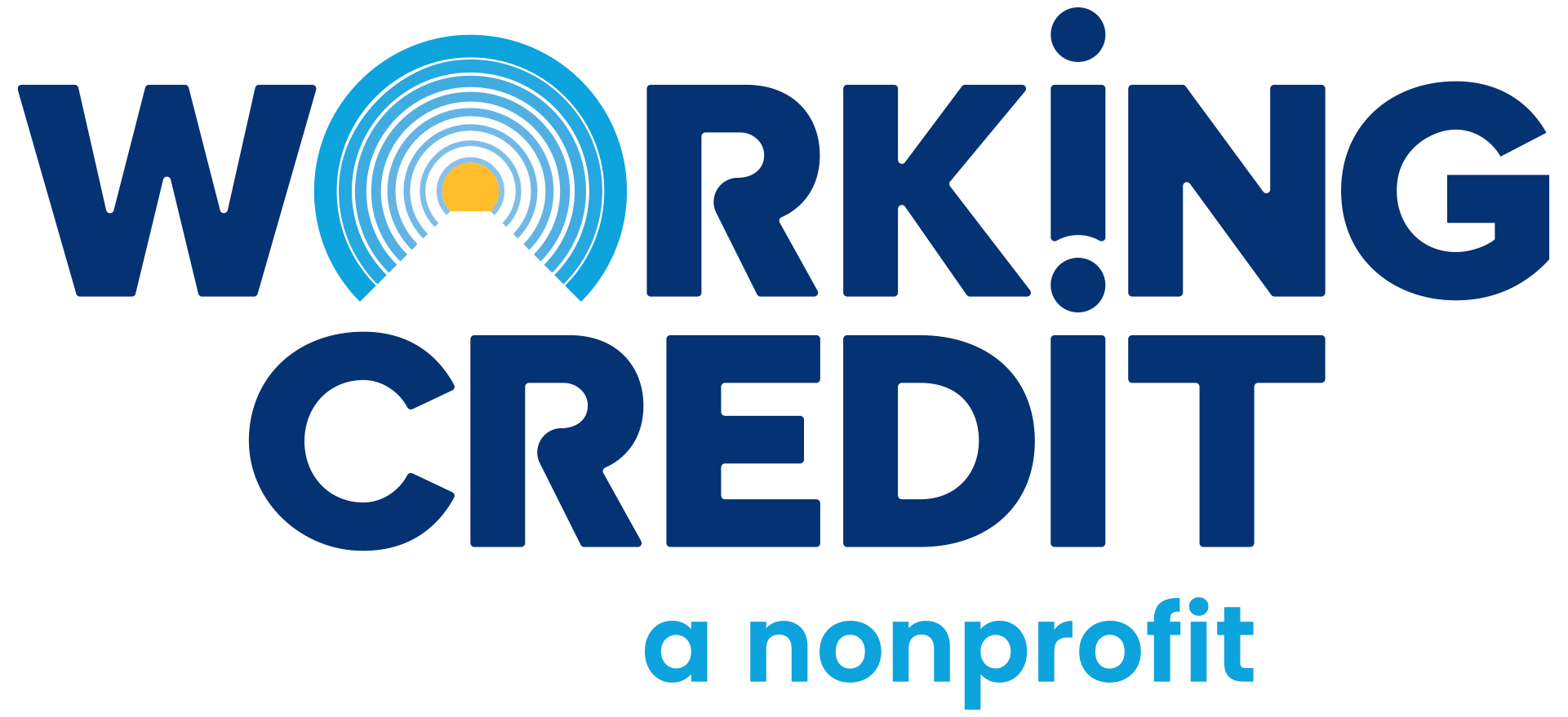Resources
The cost of bad credit.
No credit score or a poor credit score—both can cost you a lot of money.
What makes bad credit cost so much?
The short answer is the interest rates. Since credit is effectively a measure of how trustworthy you are as a borrower, the interest rates for people with no credit or bad credit are typically higher. Lenders use higher interest rates as a way to protect themselves from the risk when the people they lend to have a history of late payments. Having no credit—or a low credit score—means that you’ll likely pay more in interest when you need to borrow.
Where do you pay more?
With bad or no credit, you’ll see higher rates when borrowing and inflated prices in your payment plans.
Inflated prices
You’ll pay more on these items and services with no credit score or a poor credit score because of high interest rates.
- Auto loans at interest rates over 25%
- Car insurance premiums that are doubled
- Big ticket items, if bought through rent-to-own stores that typically quadruple market value
Mortgage rates
You’ll pay more with poor credit or no credit at all. In order to qualify, you need a strong credit score. And to get the best rates, you’ll need a prime score.
Borrowing
Without a good credit score and access to credit cards, people often have to turn to high-priced payday and auto title lenders. These companies often charge predatory rates at 400% to 1,000% interest.
Who ends up paying more?
Poor credit impacts over a third of American people. And poor credit doesn’t discriminate—it affects all backgrounds. However, it’s low-wage workers and people of color who are impacted the most. When they’re in need, often the only choice is to borrow from predatory lenders. And people with poor credit get the worst rates and terms available.
But we are here to help. No matter where you are today, we help people get the knowledge and tools you need to build and sustain a strong credit score—and reap the benefits that come along with it.

